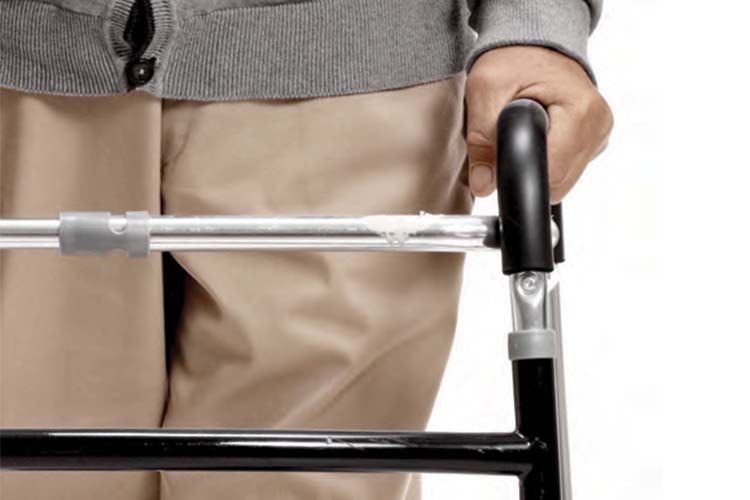Common Physical Changes After a Stroke
Physical changes that follow a stroke are the result of injury to the brain and may include one or more effects.
Weakness or paralysis on one side of the body
If the stroke occurs on the brain's right side, the left side of the body and face will be affecte4d. It's the opposite for a stroke that occurs on the left side of the brain.
Fatigue
After a stroke, it’s common to feel tired at some point. This is known as fatigue. Fatigue often starts to lessen a few months after the stroke. But for some people, tiredness may continue for years. If you’re experiencing post-stroke fatigue, talk to your health care team about ways to reduce
Spasticity
When you try to move a limb, the muscles contract (shorten or flex). This creates stiffness and tightness, which is referred to as “spasticity.” Spasticity also causes the tendons and soft tissue around the muscle to become tight or stiff. This makes stretching the muscle much more difficult. If not treated, the muscle can freeze into an abnormal and often painful position. If you have spasticity, talk to your doctor about the best treatments for you. Physical therapy and medications can help.
Seizures
Seizures are brain malfunctions that alter a person’s awareness. A seizure may last only a few seconds or minutes. It may trigger involuntary body movements, strange sensations or blackouts. Studies vary greatly about how often seizures happen after stroke. Seizures are painless. But they can be upsetting and disorienting. Often, seizures can be treated with medications. If you think you may have had a seizure, let your health care team know.

Stephen Bishop began rehabilitation in the hospital using a walker, which he nicknamed “Cordell”—after Chuck Norris’ character on Walker, Texas Ranger.
“I use humor to get through pain,” Stephen said. When his one-year-old grandson, Carter, visited him in the hospital, he practiced walking in tandem with Stephen down the hospital halls.
Once he returned home, Stephen’s recovery and rehabilitation were slow but steady. He graduated from “Cordell” to his cane, which he referred to jokingly as “Horatio” after David Caruso’s character on CSI: Miami.
He hopes to inspire other survivors to stay focused and take charge of their recovery. “Even if you’re taking baby steps, you’re moving toward your goal of getting healthy,” he said
| Stephen Bishop |
Excerpted and adapted from “Take Baby Steps Toward Your Goals,” Stroke Connection® Winter 2018